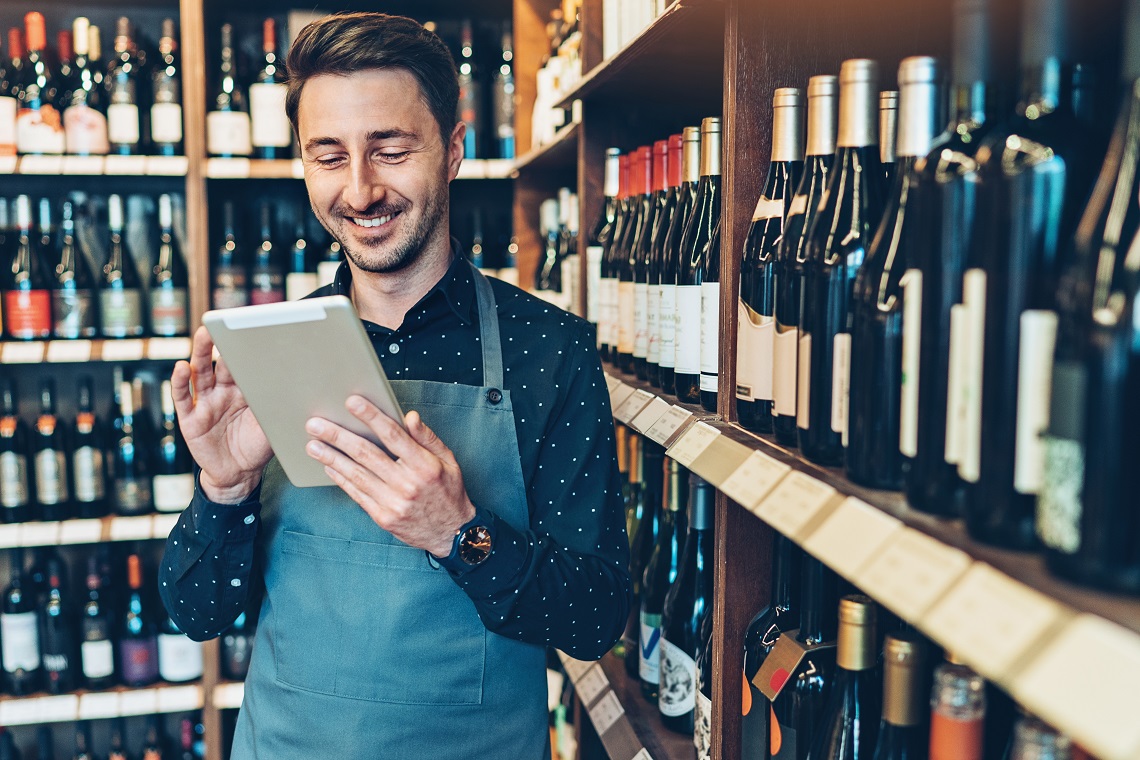By Exceedra Sales Director APAC, Simon Elsby
Revenue Management has become a key tool for businesses to maximise revenue growth through analytics that predict consumer behaviour at the micro market level, particularly those impacting product availability and price.
But given the disruptions to shopper behaviour and liquor retailing in 2020, some of which continue through 2021 such as ecommerce, how can revenue management be best employed?
What is Revenue Management?
Revenue management is about creating, capturing, and retaining sustainable value for consumers, shoppers, retailers, and manufacturers. Typically, its scope includes all trade facing investment across the marketing mix including brands, products, packs, channels, consumption, and shopping occasions; investment required to execute such as trading terms, promotional displays, sales force; and pricing architecture.
Revenue management enables incremental volume, revenue and margin growth, range optimisation, and improved promotional planning, among other things, through the systemic application of analytics.
Horses for courses in 2020
Categories that saw high demand and significant supply constraints in 2020, such as spirits and sparkling wine, required then and may still require a pricing strategy adjustment.
In 2020 many liquor brands struggled to maintain on-shelf availability, so there was less need for price promotions. In the vein of “don’t discount turkeys at Christmas”, high demand categories, particularly those that are highly price elastic, may need to shift to a permanent price strategy – and potentially take price up, or at least promote with shallower discounts – in order to smooth out the supply chain. Similarly, multibuy promotion mechanics require reconsideration as they drive volume but also erode margins.
Resuming single pack and small multipack promotions in category segments such as craft beer may be more appropriate now than the case volume buys, we witnessed in 2020, when consumers were ‘treating’ themselves and/or stocking up in the absence of being able to experiment or consume alcohol outside of the home. As the on premise continues to open up, we anticipate consumer spend will spread across both off premise and on premise channels.
Revenue Management 2021 – a return to 2019?
New and growing category segments also need to be taken into account. 2020 saw the continuing rise of ‘nolo’ liquor categories, perhaps to offset some consumers’ overindulgence earlier in the pandemic, to the extent that there is now a trade show specializing in them. Aside from no and low alcohol beer, wine, and spirits, ‘better for you’ categories such as hard seltzers and kombuchas continue their seemingly relentless forward march. This has obvious category management implications for shelf space allocations, particularly in RTD and cider, both in the fridge and at ambient shelf as well as for rotating and promotional SKU’s.
With the working-from-home and online shopping genies well and truly out of the bottle, ongoing travel restrictions and hotspot lockdowns, and continuing subdued leisure and entertainment sectors, 2021 means bottle shops will continue to loom large in the lives of shoppers. It does not mean a return to what worked in 2019, even if trade promotion spend continues to grow faster than revenue for some suppliers.
Pricing and promotion strategy need to take into account the increased incidence of premiumisation, observed in liquor in 2020 and continuing in 2021 across a number of ‘luxury goods’ categories, as consumers reward or treat themselves in the absence of being able to spend on overseas travel and leisure.
Conversely, trading down and private label may be prominent for those consumers negatively impacted by the pandemic and reduction in government subsidies, albeit that these groups are in the minority.
And the strategy, including range, needs to be tailored by retailer type, to acknowledge the continued increase in shopping not just local but ‘hyperlocal’ such as at IGA plus liquor stores. Local stores are typically lower cost-to-serve in trading terms and promotional discounts and ensure more focus on impulse and immediate consumption pack formats, which typically drive better SKU mix profitability. Independent local stores will need to carry ranges, particularly of craft beer, as local to their immediate catchment area as possible.
With the acceleration of ecommerce during the pandemic, aligning customer experience across channels – brand, promotions, pricing – is a key challenge. Manufacturers and retailers will need to re-evaluate how ecommerce is balanced with bricks and mortar in terms of both the margins/pricing by channel and the implications of manufacturers supplying bulk products direct to consumer. This will involve, among other things, measuring and tracking more closely trading terms allocations by channel and key account, price, promotional return on investment, demand and supply fluctuations, and sales force productivity. The increase in new categories such as seltzers and kombuchas as well as nolo and organic SKU’s means retailers will need to adapt their supply lines, range policies and customer propositions.
In 2021, range and space management along with price and promotion strategies with accurate impact forecasting are priorities. These are effectively the pioneers guiding businesses to maximise revenue through times of continuing uncertainty.
ABOUT SIMON ELSBY AND EXCEEDRA
Simon is Sales Director APAC at trade promotions specialists Exceedra. He has over 25 years’ experience in shopper and category strategy, revenue management, organisational performance and capability building, working with global liquor manufacturers across Asia Pacific. Contact Simon: simon.elsby@exceedra.com

